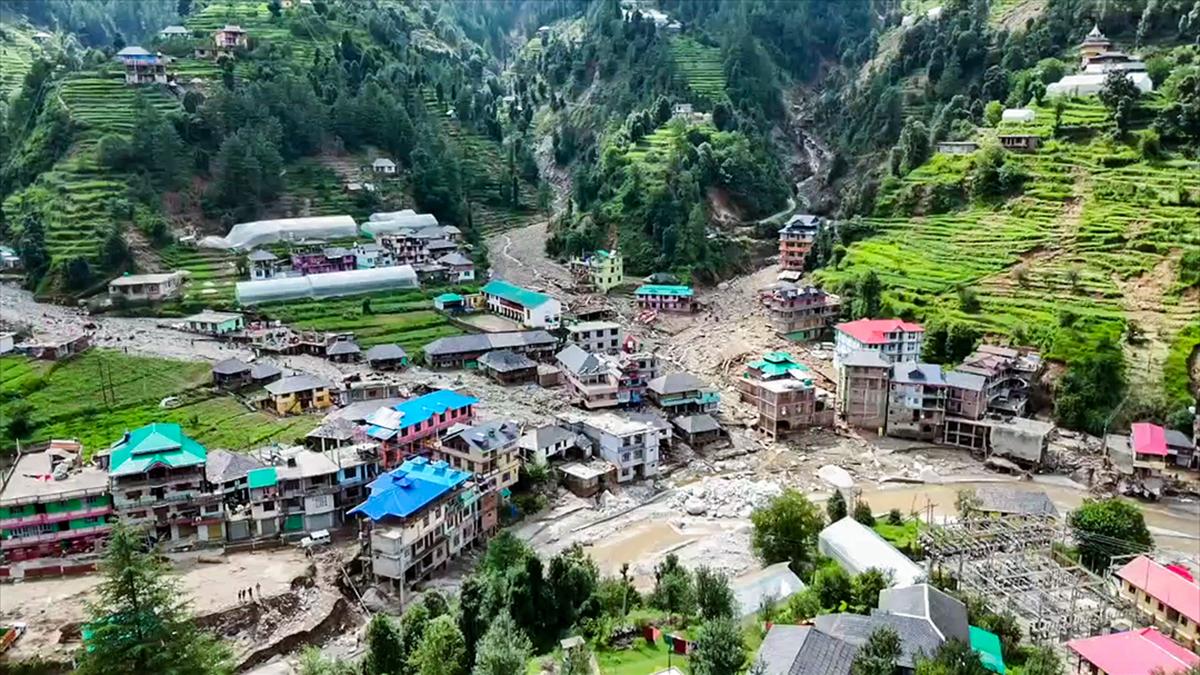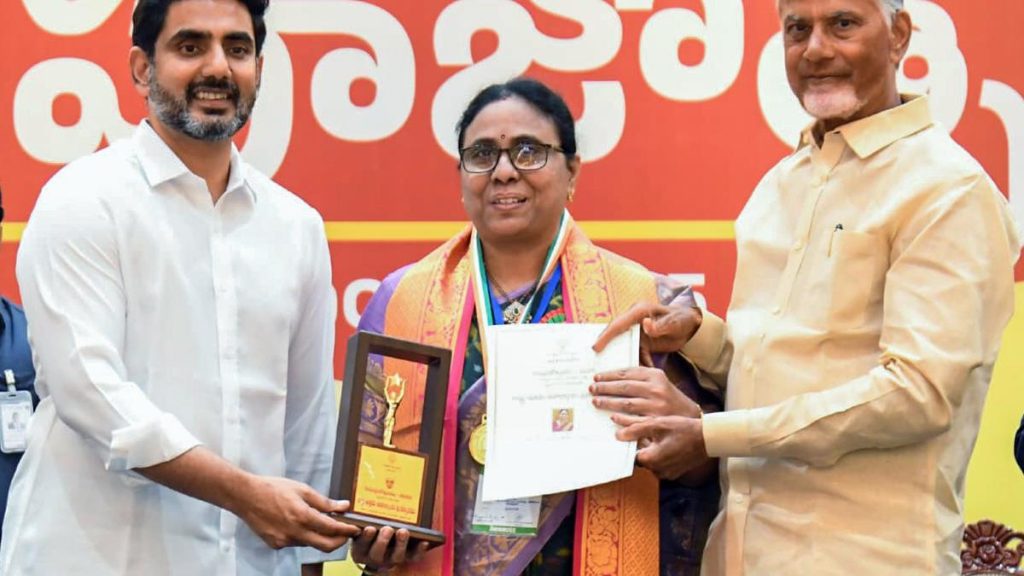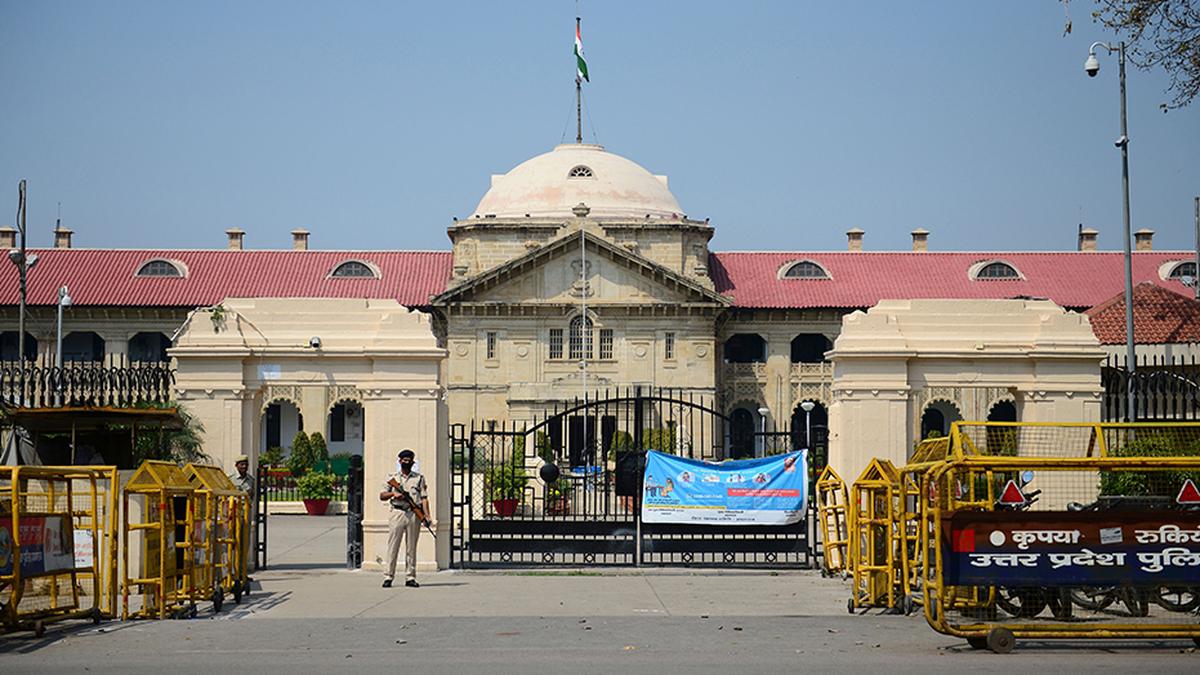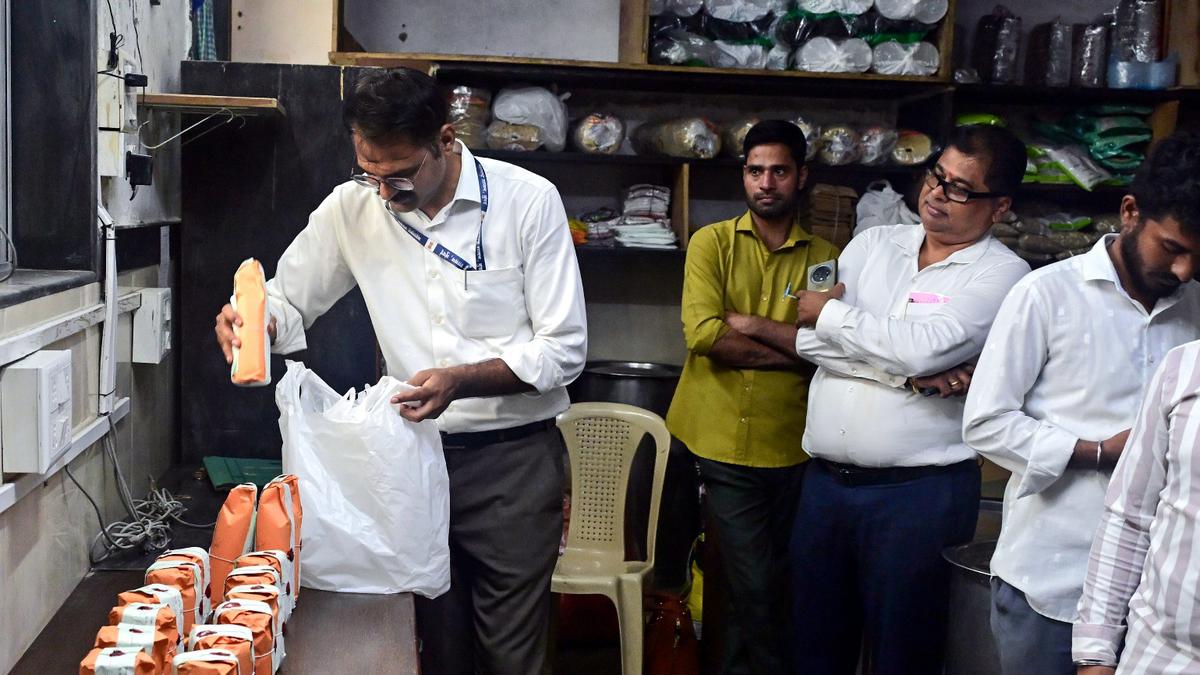Now Reading: Heroic Pet Dog Saves 60 Lives in Himachal Pradesh Flash Floods and Landslide
-
01
Heroic Pet Dog Saves 60 Lives in Himachal Pradesh Flash Floods and Landslide
Heroic Pet Dog Saves 60 Lives in Himachal Pradesh Flash Floods and Landslide

Quick Summary
- Disaster in Mandi,Himachal Pradesh: On the night of June 30-July 1,Mandi district faced severe monsoon devastation caused by 10 cloudbursts,flash floods,and landslides.
- Casualties and Impact: Fifteen lives were lost; five people injured; 27 remain missing. Over 1,184 homes suffered extensive damage, with 780 livestock perished.
- Village Saved by Pet Dog: A pet dog alerted his owner in Siyathi village about a potential danger. The resulting alarm saved over 60 lives before a landslide destroyed the area.
- Response from Central Government: BJP president J.P. Nadda visited affected areas alongside former state Chief Minister Jai Ram Thakur and assured relief for disaster-hit families.
– ₹2,006 crore recently released under the National Disaster Relief Fund (NDRF).
– ₹3,146 crore total assistance during this disaster season reported.
– Infrastructure support includes PM Awas Yojana housing projects and funds under PM Gramin Sadak Yojana.
- extent of Damage as per SEOC Data:
– Roads: 174 closed (136 in Mandi alone).
– Transformers and Water Supply: over 160 transformers impacted; approximately 755 water supply schemes affected.
– Total loss estimated at ₹740 crore.
Images Included:
- Drone view of flash flood aftermath in Thunag village.
- Rescue operations image near debris from landslides.
Indian Opinion Analysis
The catastrophic events in Himachal Pradesh underscore both nature’s unpredictability and resilience within affected communities. the pet dog’s role offers a poignant reminder of how awareness can save lives amidst disasters-a trait that appears too resonate deeply with rural communities dependent on instinctive responsiveness during emergencies.
Government efforts-such as financial aid through NDRF or infrastructure development via flagship schemes-are expected to provide short-term relief while addressing long-term resilience needs like road reconstruction or improved housing frameworks under programs like PM Awas Yojana.However, recurring disasters point towards an urgent need for enhanced preventive measures such as structural audits in high-risk zones and improved early-warning systems against climate-induced calamities.
With losses amounting to ₹740 crore affecting roads,energy grids,homes,and water supplies-and also psychological trauma among residents-the recovery process poses notable challenges for both state authorities coordinating ground-level rehabilitation efforts and central agencies providing financial backing.
While immediate interventions appear reassuringly robust based on officials’ statements post-disaster visits-even better cooperation between ecological studies/research into land patterns alongside local-level resource mobilization might prove pivotal moving forward into unpredictable yearly monsoonal impacts
























